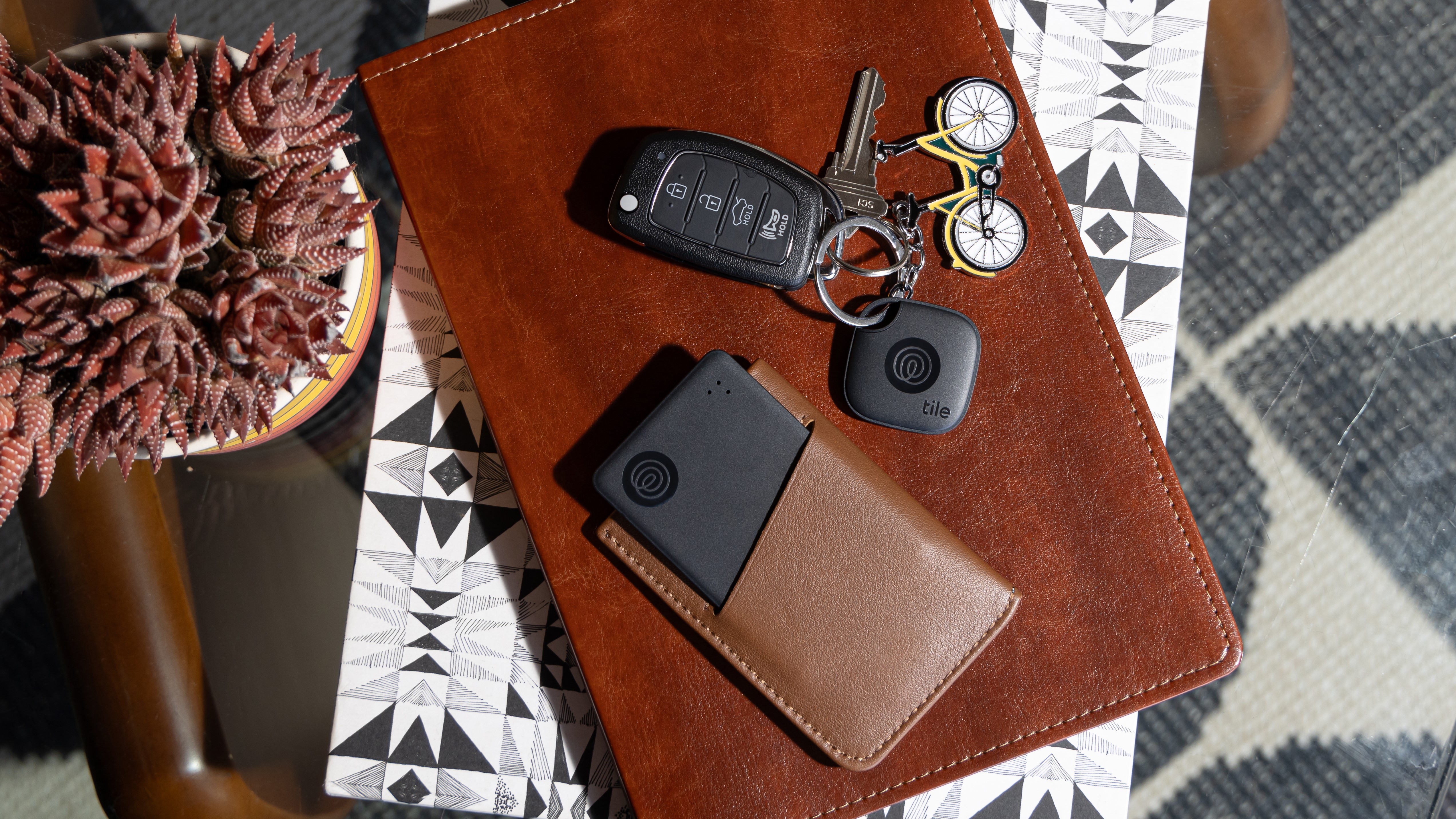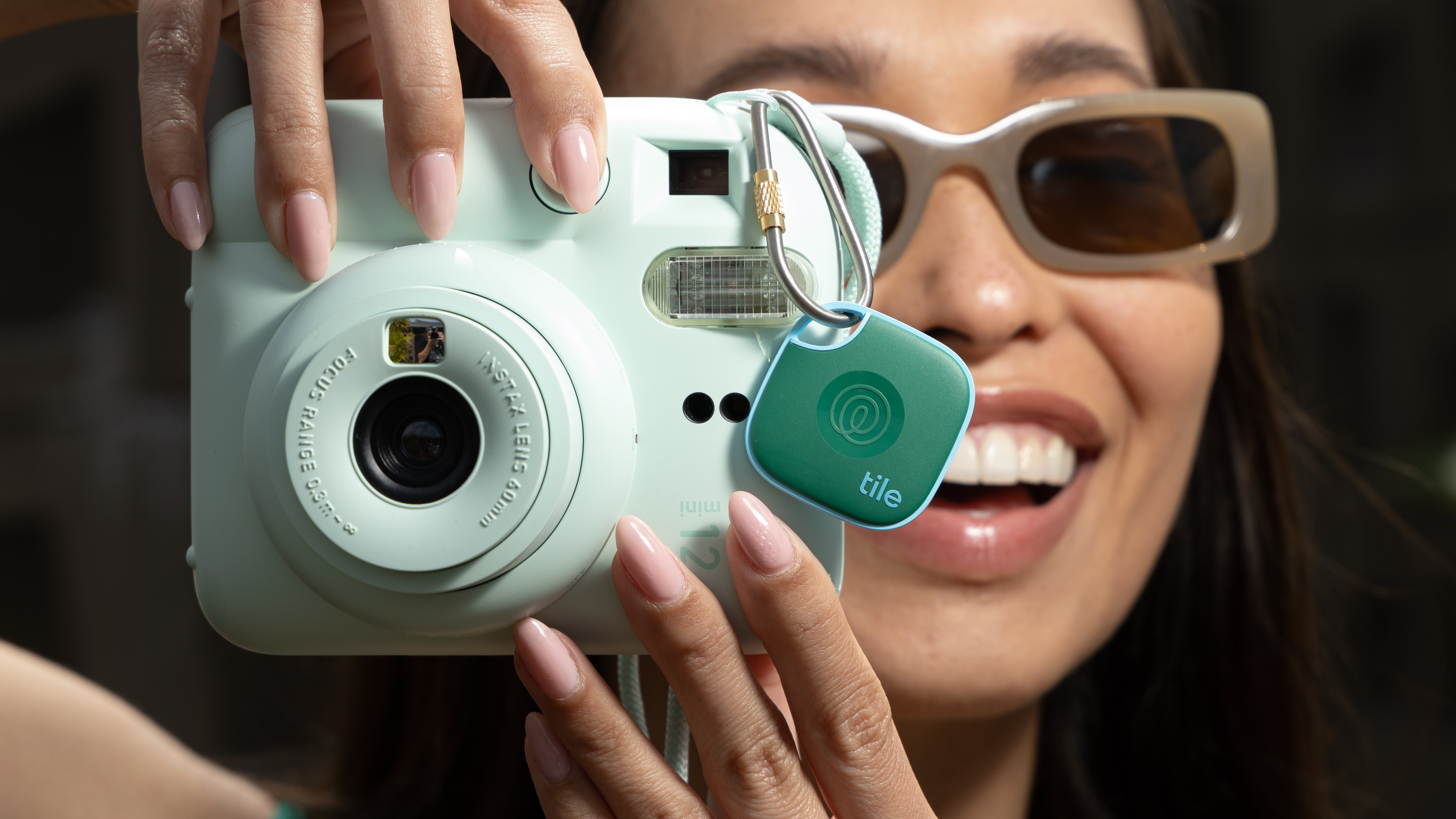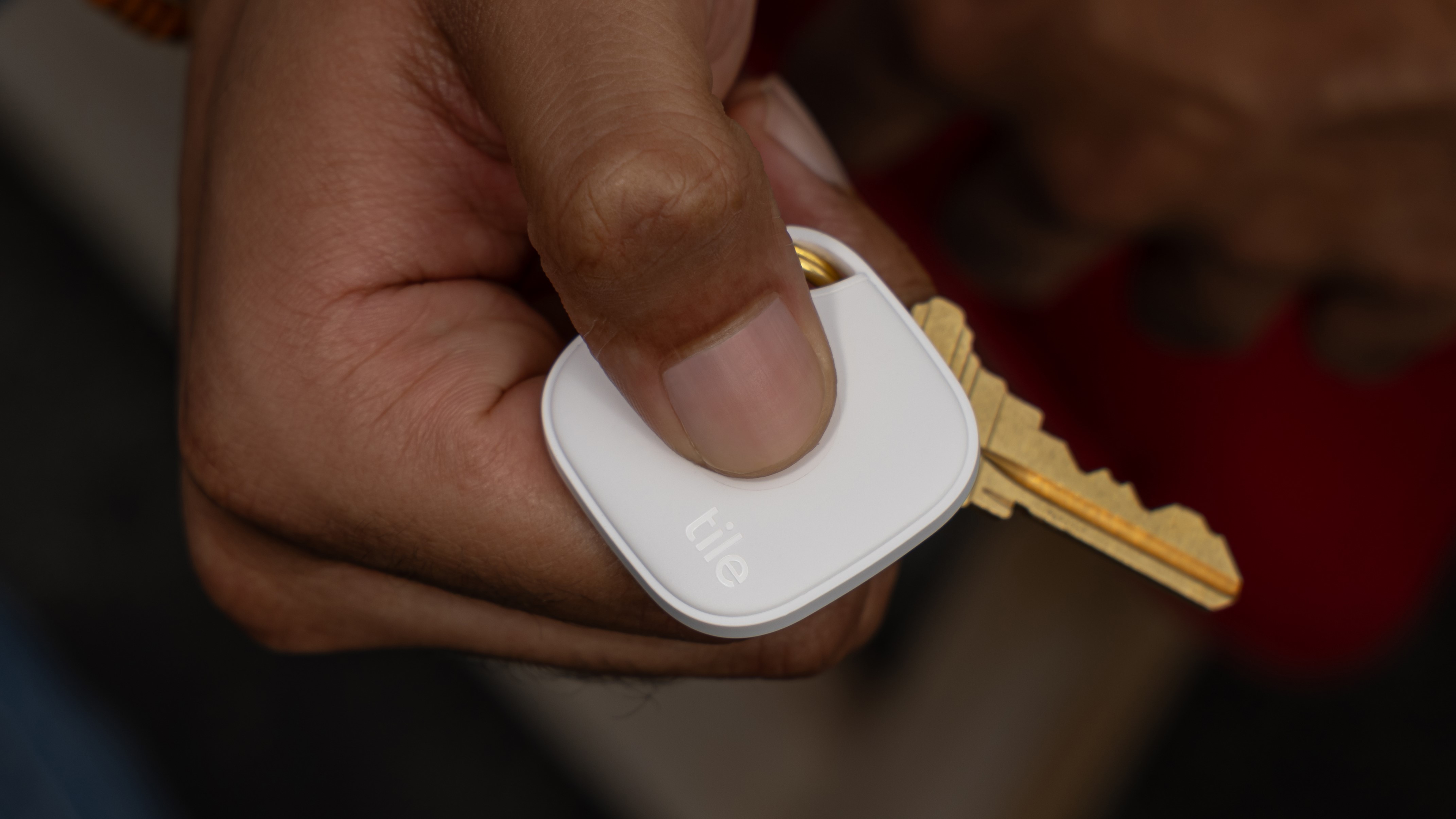Tile launches new trackers that can be found via satellite, and a tracker hiding feature that makes me feel uneasy
Who needs Android or Apple's Find My networks?

Tile has just launched the next-generation of its Bluetooth trackers, and now they’re fully integrated into the Life360 ecosystem. While that might initially sound disappointing for people who were wishing for them to join the Android Find My Device and Apple Find My networks, there’s one big satellite-enabled benefit on the way to give Tile’s trackers a boost – and one security feature I’m still uneasy about.
As always there are four Tile models to choose from. The standard Mate features its built-in keyring loop; the enhanced Pro comes with the same keyring but also a longer range, louder ringer and replaceable battery; the Slim maintains its thin card shape making it perfect for keeping track of your wallet; and the Sticker can be stuck to almost anything.
Price-wise the trackers are staying around the same cost as before, though depending on your region and which model you’re interested in some prices are going up and some are going down. It’ll get confusing if we try and explain all the changes specifically for the US, UK and Australia, so instead here’s a list of the new Tile tracker prices:
- Tile Mate: $24.99 / £24.99 / AU$44.95
- Tile Pro: $34.99 / £34.99 / AU$59.95
- Tile Slim: $29.99 / £29.99 / AU$49.95
- Tile Sticker: $24.99 / £24.99 / AU$39.95
In return you’re getting trackers that have a three-year battery life – except the Tile Pro which is only one year, but its battery is replaceable – with loud in-built ringers that make it easy (from my experience) to find your lost items around your home.

They’re also keeping one of my favorite aspects of last gen’s Tile models – the Lost and Found QR code. Scanning this code on the back of the Tile Mate, Pro, or Slim (the Sticker misses out because its back is an adhesive) will allow whoever finds it to find out your contact information (if you choose to enable it). This makes it a little simpler for people to help return your lost stuff to you regardless of what network they use.
New Life360 integrations
The big changes however are coming as part of the new full Life360 integration – which have been added in part because Life360 now owns Tile.
Life360 is a previously separate service which allows family members – or whoever you add to your in-app Circle across Android and iOS – to track each other’s locations and make sure they’re safe thanks to features like crash detection. There are times when it can feel a little invasive, but there are privacy settings to tweak how the service works and I can see the advantages the Life360 could offer plenty of families – especially for parents who want to give their kids a little more freedom, but still want to make sure they’re safe.
Get daily insight, inspiration and deals in your inbox
Sign up for breaking news, reviews, opinion, top tech deals, and more.
As for the Tile integrations, the first is a new option for the button on the trackers. Previously this button enabled reverse ring. If you have your Tile but not your phone you can use the tracker to locate it by pressing the button. Now you can instead enable a Life360 SOS alert by pressing the button three times. This sends a discrete notification to your Circle that something is wrong – with a Life360 representative explaining that this could be if you feel you’re in danger, or something more mundane like your kid feels a bit too uncomfortable at a party and they want you to come pick them up.
You can also share your Tiles with everyone in your Circle, so they can ring them for you and help you find them.

Lastly – and this is the big one – thanks to a partnership with satellite company Hubble the new Tiles won’t just be findable using a Bluetooth connection; Life360 is promising that satellites will be able to help you find them in the future. This will be especially useful if you lose your tracker somewhere that doesn’t get a lot of footfall or where cellular connections are weak – like out in the wilderness – and is an advantage that neither of Apple’s or Android’s Find My networks can offer right now.
That said, the feature hasn’t launched yet, but Hubble is hoping to offer global connectivity by 2028 and when it does the service does launch (even in a more limited way) these new Tiles will be fully compatible with the satellite network.
Anti-Theft Mode, a blessing or a curse?
One final feature I wanted to highlight is Tile’s Anti-Theft Mode, a unique tool to these new and older Tile trackers that allows you to hide them from Tile’s own Bluetooth device finder tool Scan and Secure, as well as some other third-party scanners.
This was explained to me as a beneficial feature because it ensures that thieves don’t simply find your Tile and dispose of it when they steal your valuables. What’s more Tile has introduced several safety measures like requiring you to scan an official ID (a passport, driver’s license, or something equivalent) and take a selfie to verify your identity before you’re allowed to turn on Anti-Theft Mode – with the threat that it will share this information with law enforcement and issue you a $1 million fine if you’re suspected and later convicted of a stalking crime, and used this mode to track a person illegally.

However I’m left uneasy by it.
I understand Tile’s approach is trying its best to balance a person’s safety and your valuables’ security. Though, if, for example, the stalker acts before the tracker is physically found and taken to police (something which is harder to do now that it can’t be detected by scanners), I don’t see how Tile's safety measures will help to protect potential stalking victims.
Even if they do offer protections I'm not considering you then also have to trust a third-party service to handle your personal ID securely and appropriately, which opens up its own can of worms.
I personally don’t mind my stuff being a little easier to steal if it means it’s a lot harder to stalk people, so I seriously hope the Anti-Theft Mode is removed, and soon from the new trackers and Tile's older devices which support it.
You might also like

Hamish is a Senior Staff Writer for TechRadar and you’ll see his name appearing on articles across nearly every topic on the site from smart home deals to speaker reviews to graphics card news and everything in between. He uses his broad range of knowledge to help explain the latest gadgets and if they’re a must-buy or a fad fueled by hype. Though his specialty is writing about everything going on in the world of virtual reality and augmented reality.